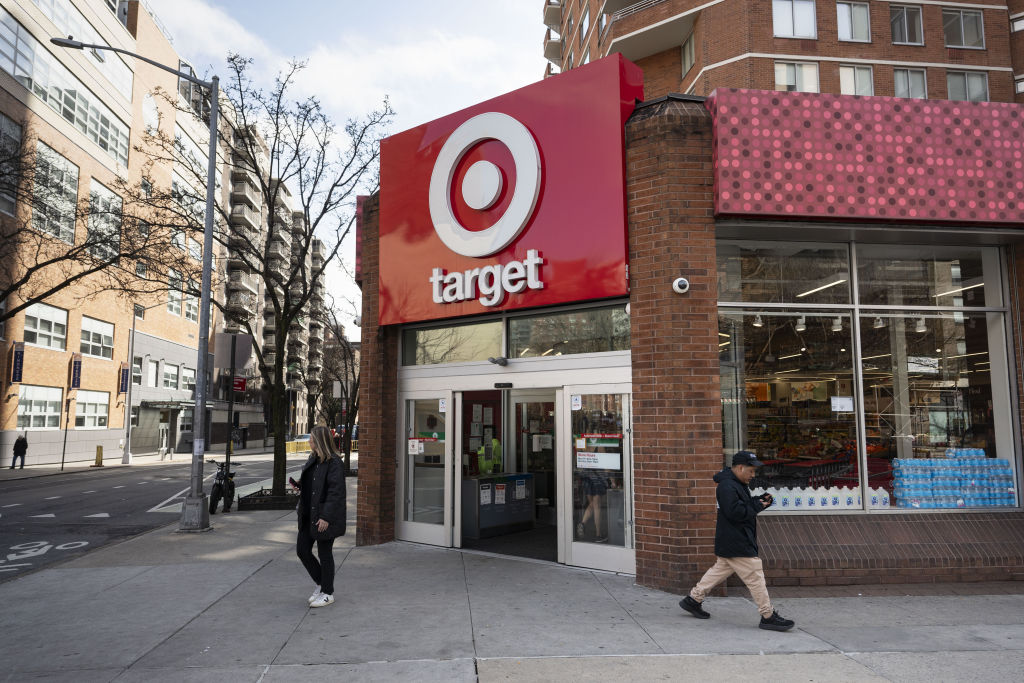Target To Axe 1.8K Jobs After Boycott Impact

The retail giant Target announced internally that they would be cutting 1,800 corporate jobs throughout the company, in response to combatting slumping sales due to a boycott of Target by the public over its rollback on diversity, equity, and inclusion (DEI) initiatives. The round of layoffs is the first for the company in a decade.
According to reports, the announcement was in an internal memo by incoming CEO Michael Fiddelke sent to employees at Target’s headquarters in Minneapolis, Minnesota, last Thursday (Oct. 23). The plan is for 1,000 employees to be laid off, with another 800 unfilled positions that will be eliminated permanently. That constitutes an 8% cut to Target’s workforce, a spokesman said. Those targeted by the layoffs will be notified Tuesday (Oct. 28), and will receive severance packages along with salary and benefits until Jan. 3, 2026.
Target has been under fire since January, after its decision to roll back its DEI initiatives after President Donald Trump signed executive orders banning them. These initiatives included a pledge to have Black employees as 20% of its workforce over three years and promoting programs featuring Black and other minority creators. That led to a call for a boycott from Black faith leaders, including Pastor Jamal Bryant, and a 24-hour boycott on Feb. 28 by The People’s Union USA.
“The truth is, the complexity we’ve created over time has been holding us back,” Fiddelke said in the memo. “Too many layers and overlapping work have slowed decisions, making it harder to bring ideas to life.” He acknowledged that the cuts are difficult, but “a necessary step in building the future of Target and enabling the progress and growth we all want to see.”
Target has been struggling with earnings since January, with its stock falling by $27.27 per share since the end of February, wiping out $12.4 billion in market value. The company has stated that it expects sales to decline again this year. There was also a significant shift in consumer traffic – its walk-in traffic dropped 11% from figures recorded last year. And its website traffic also reflects a drop of 9% from 5.2 million to 4.7 million web users, with a drop in mobile app usage from 4.2 million to 3.5 million.







